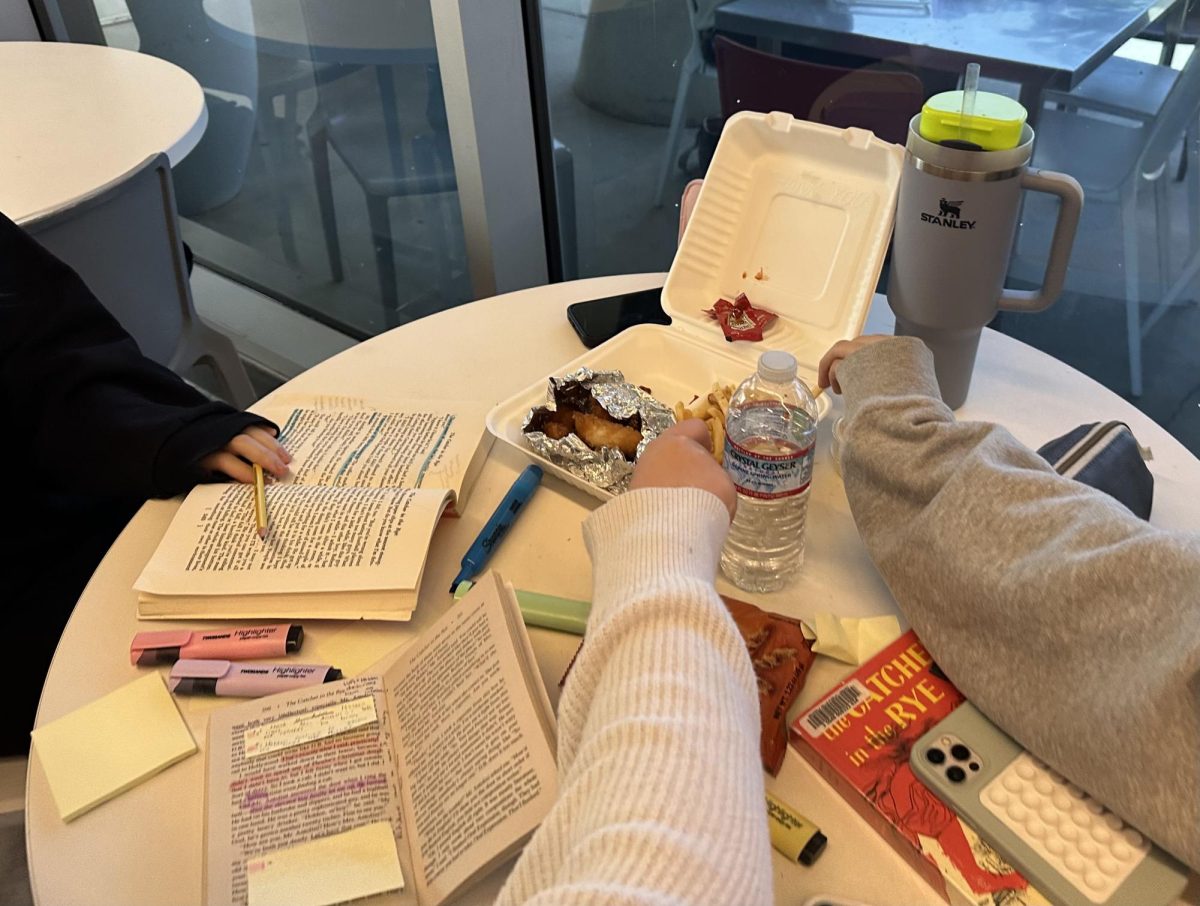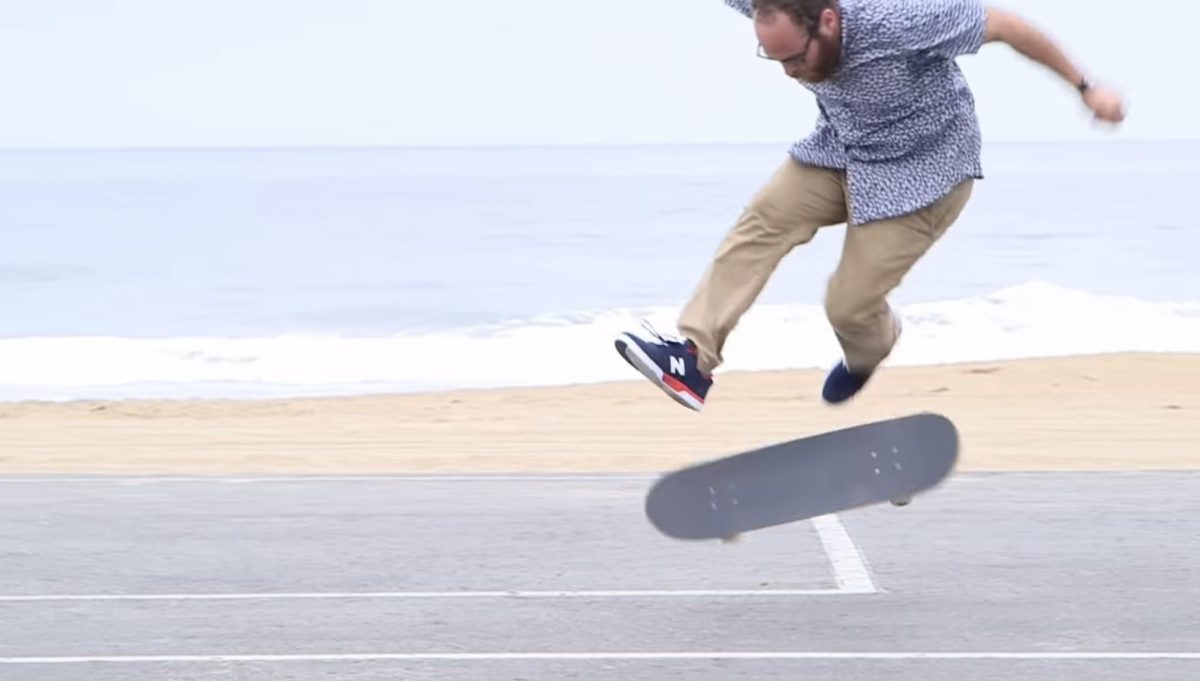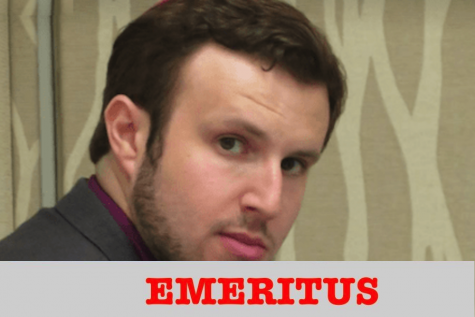Day 1: Lufthansa
This trip is about perspective. I have to say though, as a privileged American who expects much from his airlines, this trip has gotten off to bizarre and slightly uncomfortable footing.
The last time I had a beer spilled on me, I was at a Dodger game. And like a visit to Dodger Stadium, Flying Lufthansa is an experience in itself. I was fortunate enough to have an empty seat next to me but the man who shared my empty seat figured out a way to occupy more space than two people in two seats might have. A lady across the aisle managed to dump some German beer on my feet and the flight attendant pair who worked my side of the aircraft managed to guilt trip me (four times!) about not taking a meal immediately and opting to wait instead for the kosher meals, which were substantial albeit scalding hot to the touch.
“Kosher meal, please!” I said in my best German-friendly language.
“Oh ya!” the friendly German ladies replied. (I sighed and told them dankeschoen, thanks!)
Our our next plane, which in addition to an hour delay, experienced a post-boarding change of venue. All joking aside, the plane, again Lufthansa, smelled of gasoline, which the pilot called “weird and abnormal.” Engine failure. The entire 40-seater was unloaded and moved to an adjacent plane via bus. The bus literally drove in a circle to park in the exact same spot where it had departed, so that we could board a plane that was 40-50 feet from our original aircraft. Finally we arrived in Katowice, an airport the size of Shalhevet, where we finally, albeit three hours late, embarked on our scheduled programming.
There were synagogues destroyed and restored, and a once-thriving Krakow Jewish community that has been greatly reduced because of anti-Semitism. And suddenly, my beer-stained running shoes didn’t seem like the end of days. We had had a tough day, but the previous tenants of the Jewish quarter in Krakow had had worse. Tomorrow we visit Aushwitz. And then the perspective of this trip will become entirely in focus, Lufthansa or not.
Day 2: Auschwitz
The roads leading into Auschwitz, in the town of Oswiecim, are littered with these complex, fancy shopping centers. One can pick out the entrance to the Nazi death camp by the iconic Polish fast food chains that line the driveway to the camp visitors center and tourbus lot.
Roen Salem and I were among the first to observe the camp’s unofficial intolerance exhibit — a group of local Polish teenagers who upon seeing my kippah, began chanting “Nazis come back! Nazis come back!” at the entrance. Never again? The locals certainly seem to disagree.
And why should they? Auschwitz I, the labor camp portion of the 25-square mile campus highlighted by the infamous Arbeit Macht Frei(Labor makes one free) sign, is a tourist attraction. Past our local friends on the steps is a lobby area fitted with a snack bar, a gift shop, and a booth offering guided audio tours — along withs a pay-to-go toilet, complete with a cashier.
There are two ways to describe a visit to Auschwitz. One would be to say how I broke down crying and sank to my feet at the sight of the public gallows, and the other would be a page(s)-long lament on how I didn’t feel as upset as I might have liked to.
The latter is a more accurate representation of my feelings, but it wasn’t just me. A classmate told me as we toured the various camp buildings that she too felt desensitized from the emotions that a death camp should bring to Jewish teenagers. But again, the other folks in the area didn’t really help set a good precedent.
Wearing skirts and kippot, we walked through prison cells, barracks and courtyards with local Polish teenagers clad in mini-skirts, tank tops, punk clothes and the works. Alan, our group’s trip-long tour guide told us at the entrance to Auschwitz that the camp was built for European prisoners. We saw dozens of European teens, seemingly imprisoned by their tour groups. They had the truest appreciation for leaving Auschwitz.
Our tour guide seemed almost bored as she hurried us through 90 minutes of barracks and memorable sights.
As a university bound senior, I can’t help but compare the tour to one of a college campus, where the living spaces, rec centers, mess halls and the like are displayed in a routine sort of way. The buildings were lovely, with nicely placed flowers and trees along pathways where prisoners were publicly murdered.
Day 3: With our own hands, burying the dead
After a brief stop at the Holocaust memorial in Lodz – a converted transport train station for the cattle cars that took members of the Lodz Ghetto directly to Birkenau — our tour guide Alan Goldman announced that proper decorum would be in order as this was a sight that reflects terribleness. One student calls out from the back of the bus, “Everything here reflects terribleness!” While the statement seems to be in poor taste, ask anyone has been sleeping on the third floor of a Rest Hotel in Warsaw. It’s true.
The death camp at Chelmno is what finally broke me. If you read yesterday’s post, I hadn’t really gotten into the “Holocaust spirit,” mainly a result from overexposure to Auschwitz, etc.
What bothered me most initially about Chelmno, (besides the bus’s inevitable: “Are we going to a labor camp? cHELLm-no!”) was that I had never heard of it. A final resting place for 360,000 murdered Jews that had somehow slipped my Holocaust education and exposure.
As they did in other camps, the Nazis capitalized on prisoners’ hope, by telling them that Chelmno — Kulmhof in German — was a transportation hub from which they would be sent to other labor camps. After being stripped of their hair, clothes and belongings, the Chelmno victims were loaded into the backs of trucks, whose exhaust pipes led into the cargo/passenger areas. Within minutes, the Jews expecting a ride to a labor camp had all been killed by carbon monoxide.
The trucks then took the bodies to a field several kilometers away, where they were dumped into one of three mass graves and crematoria. Today, several private memorials line the area commemorating the deaths of those who were buried at Chelmno.
Sixty-odd years later, and the burials are still being carried out. One section of the field, which resembles an archeological dig (because it is), houses bone fragments left over from failed and rushed cremations. Shalhevet students collected bone pieces, including one from the skull of an infant, and a burial was held. It was then that the majority of the class broke down as we laid to rest, personally, pieces of the Jewish Holocaust victims, half a century later.
I personally broke down crying on the bus as we departed the Chelmno death camp, having just laid witness to the tangible Holocaust. Using my own hands to help bury victims, I saw the tragedy that until now had only been described to me in textbooks and lectures.
Auschwitz is a touring destination flooded with apathy and commercialism. Birkenau, while more substance-based, still lacked the realness needed to truly define the Shoah. They together showed where people were. Today in Chelmno, I saw where people are. A baby’s skull. A woman’s shoulder. Lying before me as testimony to the crimes of the Nazis.
A rest stop around 20 kilometers from Chelmno had an adjacent park with a slide and swing set. The bus emptied so that we could use the restroom (free this time), but all 36 of us made our way to the playground. By now our tears had dried and we reached the portion of the trip where we became proud of our survival, and confident in the future of the Jews.
Most everything here reflects something terrible, but for us, the playground, with the backdrop of a sunlit sky and a wind farm, gave us hope and a sense of celebration of our existence and sustainment until this time.
Day 10: Beautiful
Well, today I have basically nothing to complain about. Well besides the hoards of 9-year-old scout girls staying at Midreshet Hagolan at the same time as us, but that’s another story…
We actually had a pretty enjoyable day; no cemeteries or death camps or anything. No chanting El Maleh Rachamim, or saying the Mourner’s Kaddish.
After visiting kibbutz Misgav Am, which overlooks the Lebanese border, we hiked down to the Banias waterfall, followed by lunch in Kiryat Shemonah. Our afternoon was spent in Tzfat (Sfat, Safed, Sefad, Zafed, Zefat …?) and then at an extended presentation in the Sofer Stam building.
I feel like after days and days of reminders of death and tragedy, we needed this break. I feel remotely cynical for saying it, but it’s gotten a bit repetitive. Keeping in mind that that’s what the trip is about – “darkness to light” and other clichés – it’s still a bit straining on me.
Maybe that’s why I burst into tears of laughter during a presentation at the Sofer building. One room consisted of a moving grandstand and 3-D glasses that showed a series of multimedia displays that taught (in, as one classmate said, “Birthright style”) the laws of Torah, mezuzah, and tefillin. The last video showed a bunch of 8- 10-year-old boys singing in the style of modern rappers and pop stars about all the mitzvot they do. I and other folks in my group had to dry our happy tears when “With all the Jews” finally ended.
Israel is continuing to make me jealous by reminding me about how easy it is to be a religious Jew in a secular setting here. Gas stations carry kosher sushi (though I may not trust the quality) and there is a shul in every hotel. The culture is beautiful, the language is beautiful and the opportunities are beautiful.
I’ve noticed recently that I get goosebumps every time they play “Hatikvah” in this country. Perhaps it’s seeing where I came from last week that makes me feel more in touch with the song, but regardless of the reason, when we hit the last line “lihiyot am chofshi” to be a free nation, my arm hair stands up on end and chills run through my sides.
As a group, meanwhile, the realization is starting to hit us that we’re only here a few more days. We’re hoping we can make the most of it, while still sticking to our overall goals for this trip.
Day 11: Family
My bags are packed, ready for our free weekend throughout the country. Most of us are spending it in Tel Aviv or Jerusalem, but I am going to deviate from the norm and stay with family friends in Netanya.
Our final full day here as a group was spent hiking and rafting, with a lunch break for pizza near the Syrian border. It took us almost a full week to get pizza in Israel, and today we had it twice (dinner was a potpourri of Italian foods). Score one for team coordination.
The last time I rafted in the Jordan River, I saw several members of the Shalhevet community coincidentally. This time, there are Shalhevet kids in my boat and I realize I am seeing this place from a new perspective — one where I am among friends, and I put sunscreen on because I feel I need to as opposed to a certain parent telling me I need to.
This whole country is like a family to me, though I rarely see any of my family who actually lives here. I visited a shopkeeper who I saw 10 months ago when I was here for my brother’s bar mitzvah; this time I was a repeat customer in his store. There’s a high level of comfort I have here and I am desperately trying to avoid writing the cliché of “This is my home” — oh well.
This Sunday, I will be taking two flights from Israel and Germany, and the latter will bring me home to rejoin life as we know it. But with a newfound appreciation for life, I will embrace our “struggles” and our “hardships” with a new outlook.
This trip (though not over!) has been ultimately empowering and everything else the brochure said it would be, though my thoughts on what I have seen still need a little time to be processed. Meanwhile, life around me keeps on running. UCSD needs my housing form in by June 9. I still have a newspaper to run. But the opportunity to do these things is a blessing and for that, I am grateful.
This may or may not be my final post, internet permitting, but I appreciate those who have taken the time to see this one outlook on our trip. It is something I will never forget.
Shabbat Shalom.







